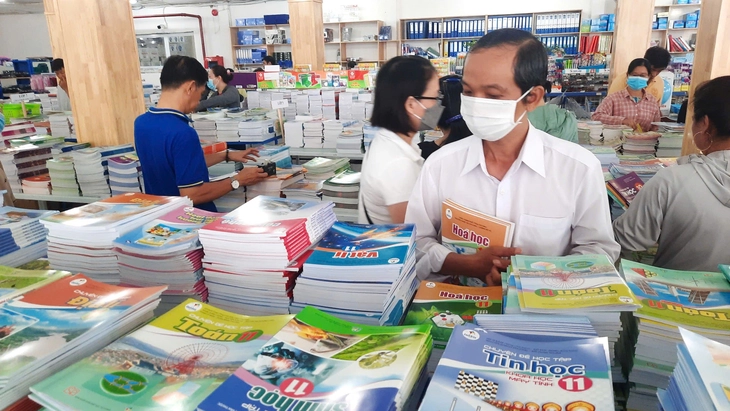
Parents in Ho Chi Minh City buy textbooks for their children to prepare for the new school year - Photo: NHU HUNG
Resolution 29 (2013) on fundamental and comprehensive innovation of education and training emphasized "diversifying learning materials, socializing textbook compilation, and each subject having one or several standard books".
This policy is specified in Resolution 88/2014 of the National Assembly, reaffirmed by Conclusion 91 (2024) of the Politburo , and implemented by Resolution 51 (2025) of the Government.
Resolutions and laws: indispensable foundations
The above documents are consistent: Vietnam must implement a unified general education program, on that basis allowing each subject to have many textbooks suitable for the program to both ensure national knowledge standards and encourage creativity and meet the diverse needs of students.
This is a strategic choice, not a temporary experiment.
Vietnam is not alone in applying the model of multiple textbooks. Many advanced educational systems such as Japan, Korea, France, the US... have applied this model for a long time and proven that it can operate effectively.
Multiple textbooks do not mean chaos. The key is quality management and monitoring, not quantity. When done right, this model not only improves the quality of learning materials through healthy competition, but also helps students in different conditions access knowledge in a more appropriate way.
The frustration is due to the way of doing things, not the policy.
Voters’ reflections on the confusion in choosing books, or concerns about group interests, are completely justified. But the main reason lies not in the policy of many textbook sets, but in the lack of transparency and uniformity in implementation.
The selection of books in many places lacks transparency, leading to doubts about quality and fairness. Many teachers and schools complain that book selection is influenced by factors outside of their expertise.
Although clearly informed and explained, many students and parents are still worried about the possibility of unfairness in exams for students studying different textbooks.
It is these loopholes that lead to the mentality of wanting to return to "a single set of books" - something that is no longer suitable for the goals of innovation and integration.
Maintaining a single set of textbooks may create formal uniformity but comes with many consequences.
Firstly, it easily leads to monopoly, eliminating the motivation for innovation and creativity in book compilation.
Second, with the diverse characteristics of culture, society and learning conditions in Vietnam, a set of books is difficult to meet the needs of students from mountainous, remote and urban areas equally.
Third, continuing to maintain a set of "state" books (actually made by a state-owned enterprise) is to continue to take money from the budget, while this expense could be saved for other things.
More importantly, modern education is not just about imparting knowledge, but must also develop critical thinking, self-learning and creative skills. This is difficult to achieve if all students follow a rigid, inflexible model.
Returning to the old model not only goes against international trends, but also hinders efforts to improve Vietnam's intelligence and competitiveness.
How can multiple textbooks become motivating?
Rather than getting caught up in the “one or many textbooks” debate, it is important to make the multiple textbooks policy operate transparently, fairly and effectively. Some key solutions that need to be implemented:
1. Make assessment and accreditation transparent: publicize criteria, invite independent experts, teacher representatives and parents to participate in the council.
2. Ensure fairness in exams: exams and tests are based on curriculum standards, without bias towards any textbook set.
3. Control book prices and support disadvantaged students, expand the beneficiaries of the policy of funding to buy textbooks and school supplies.
4. Teacher training and empowerment: teachers need to be trained and have the right to decide on textbook selection based on their expertise, without external pressure.
5. Apply technology and digital learning materials to increase access and support modern learning methods.
Source: https://tuoitre.vn/vi-sao-phai-mot-chuong-trinh-nhieu-sach-giao-khoa-20250724231325528.htm



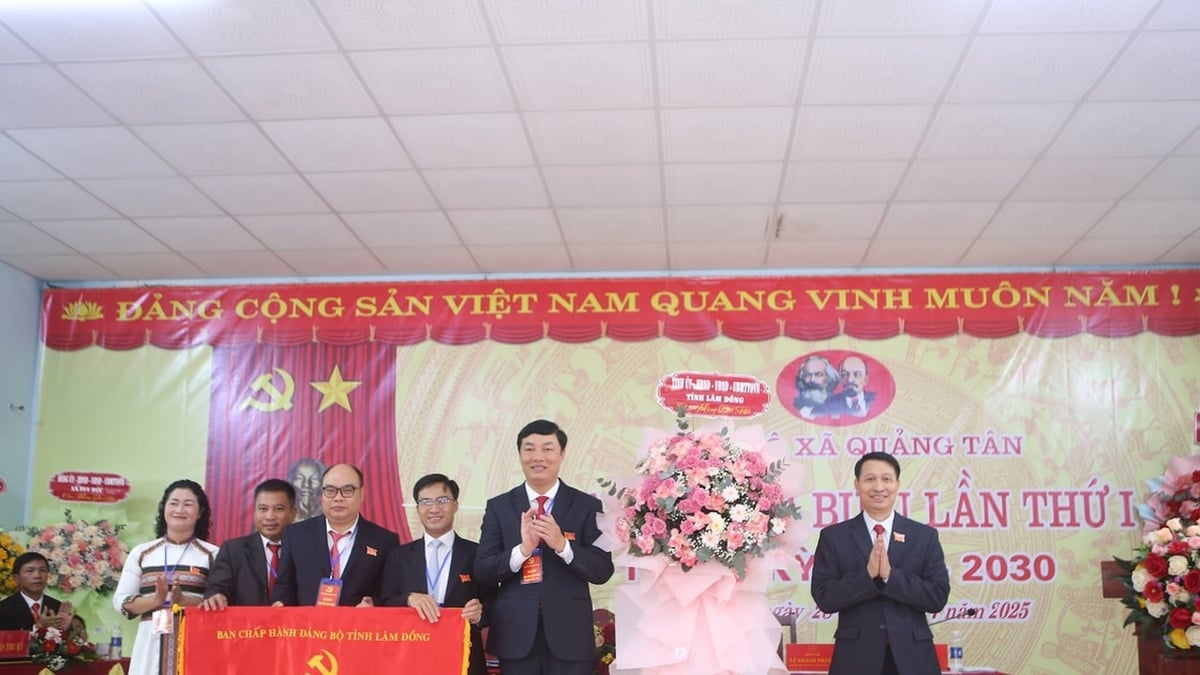



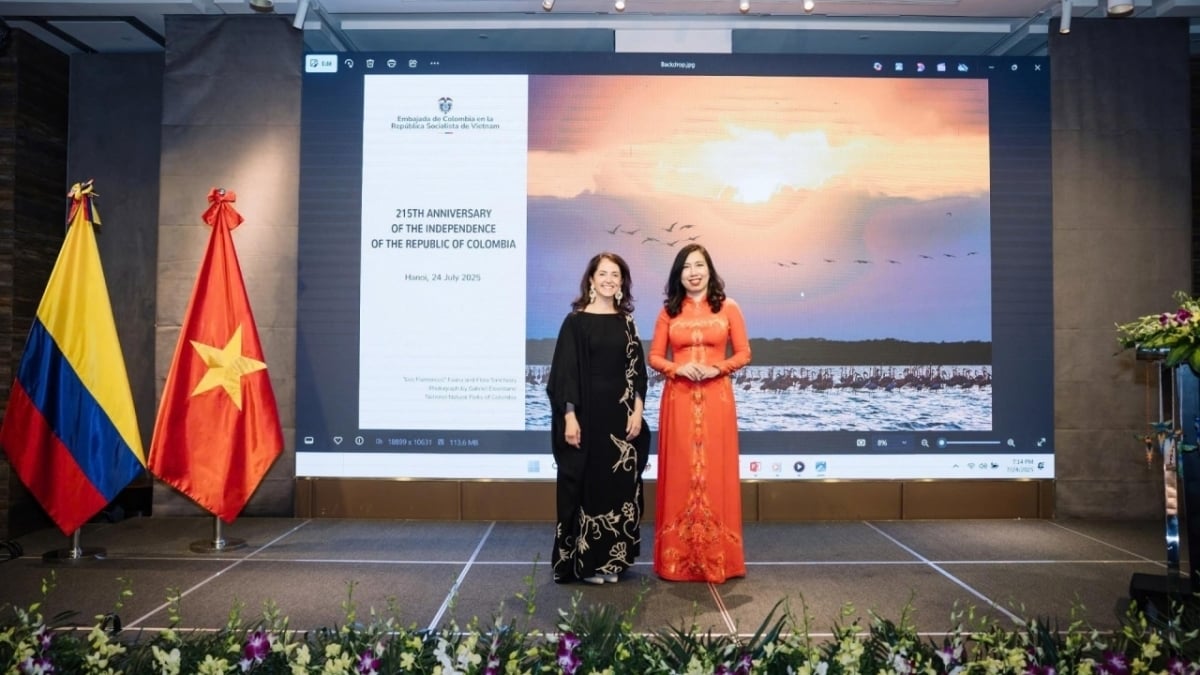


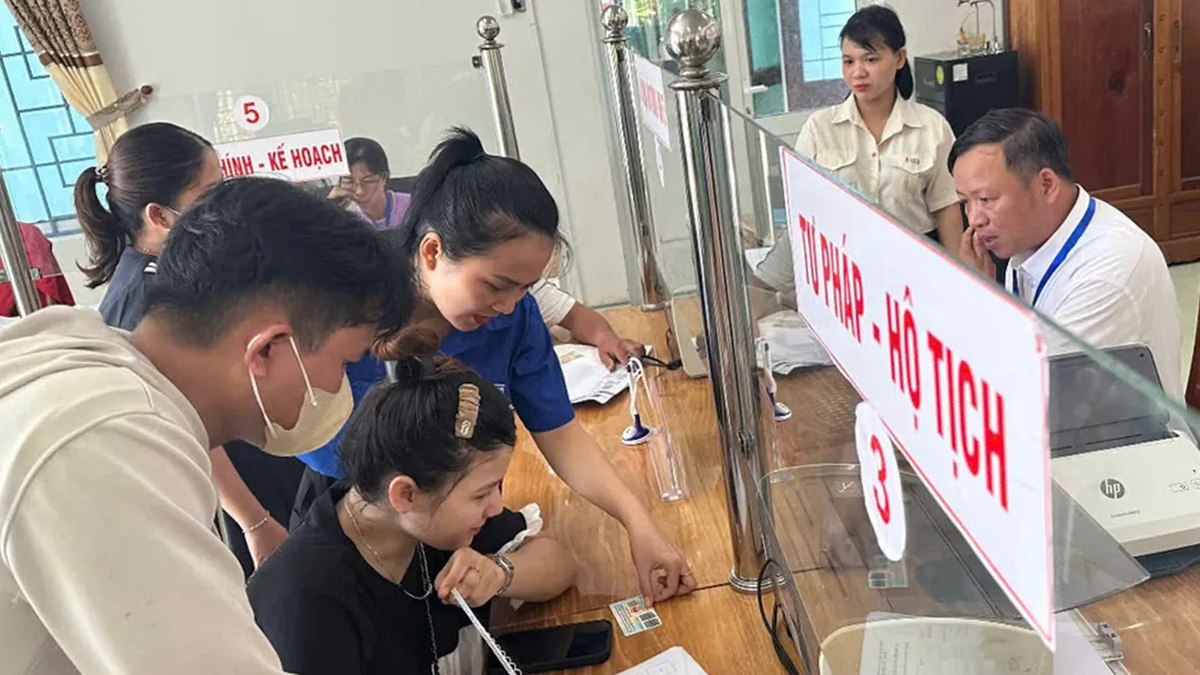











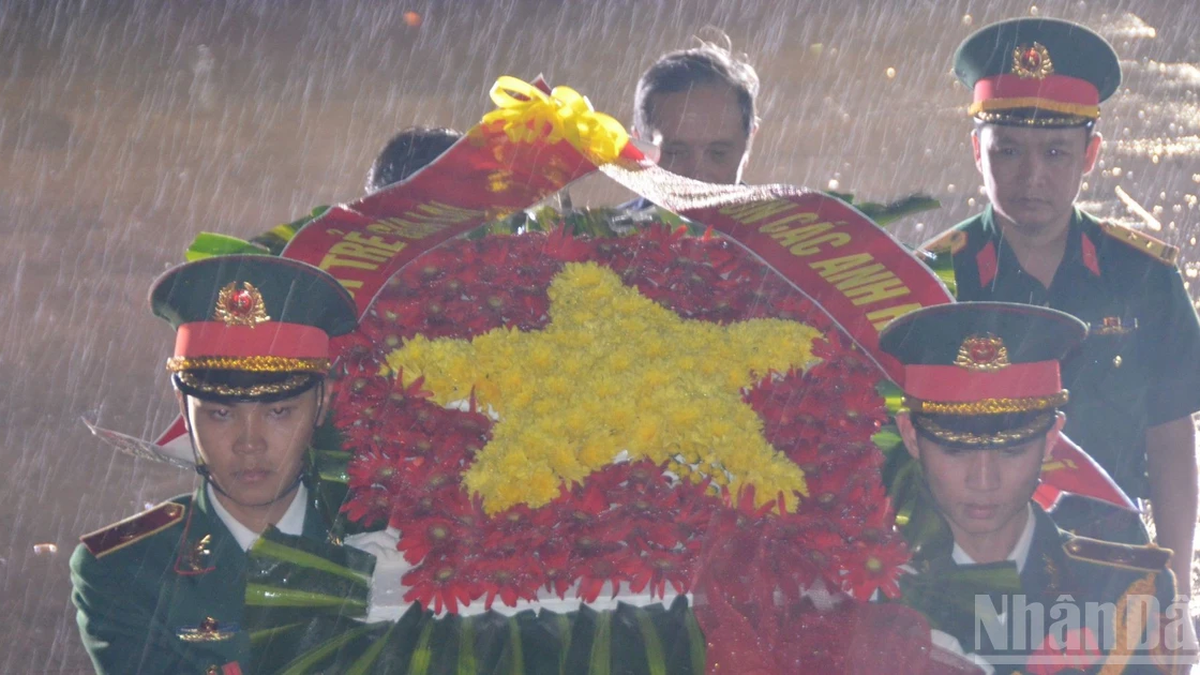



![[Photo] National Assembly Chairman attends the seminar "Building and operating an international financial center and recommendations for Vietnam"](https://vphoto.vietnam.vn/thumb/1200x675/vietnam/resource/IMAGE/2025/7/28/76393436936e457db31ec84433289f72)


























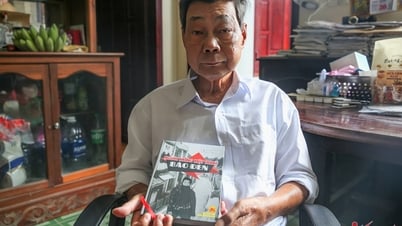
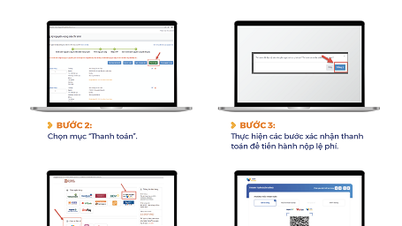




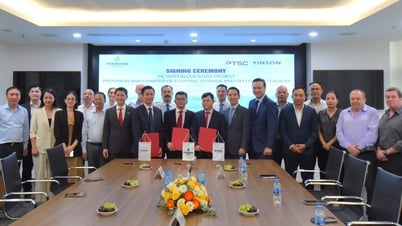
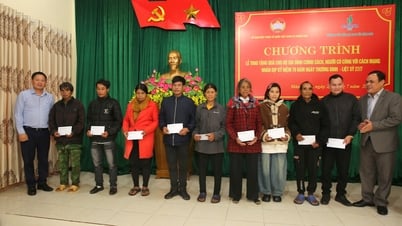




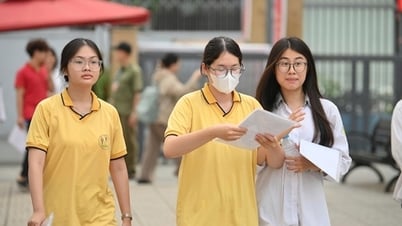


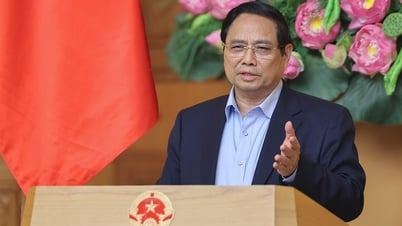


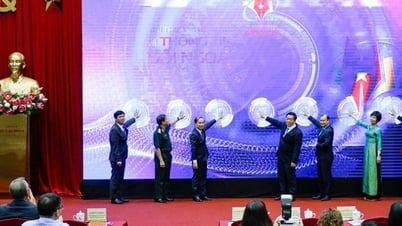




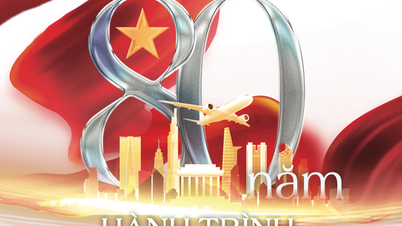





















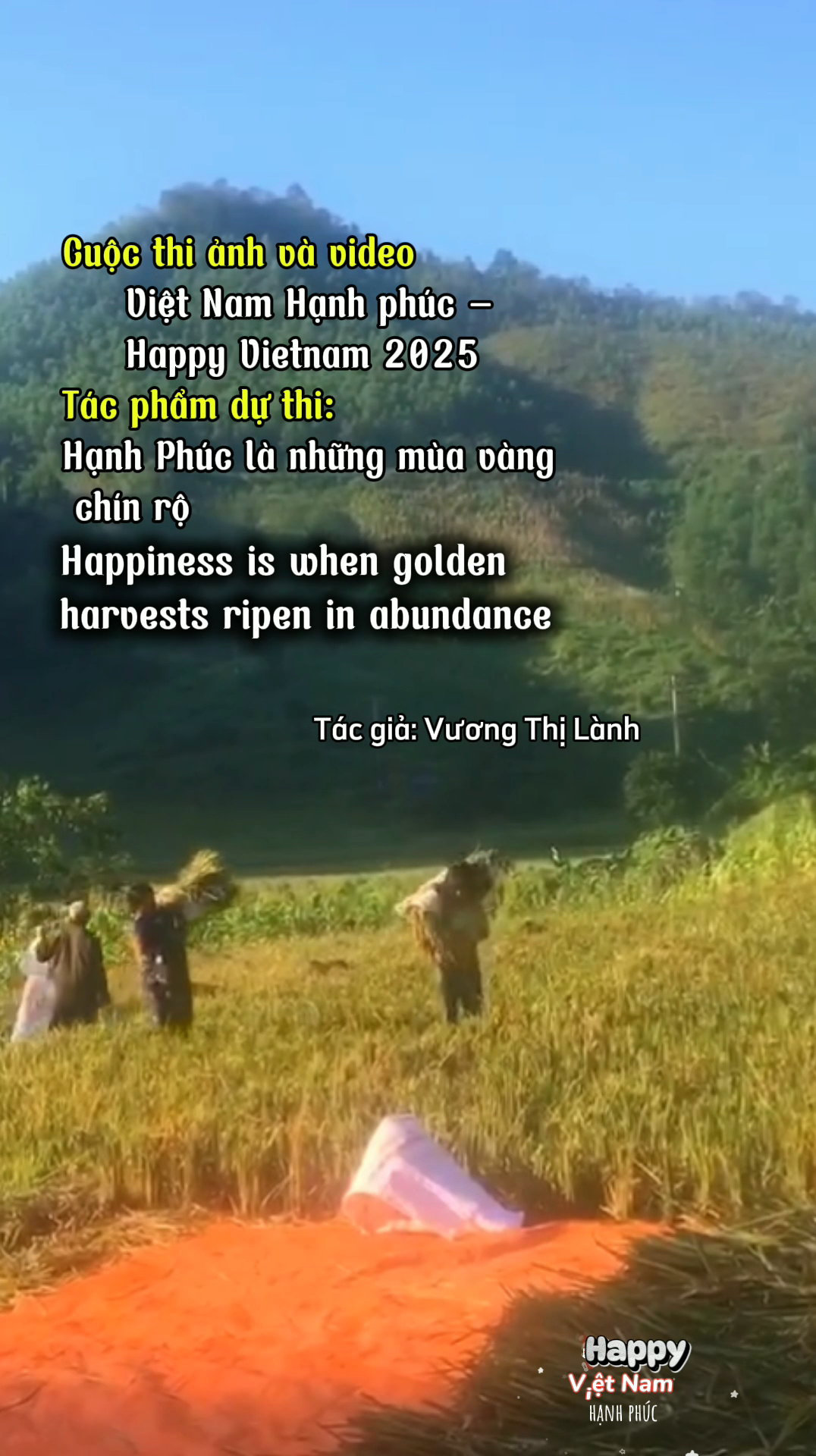
Comment (0)